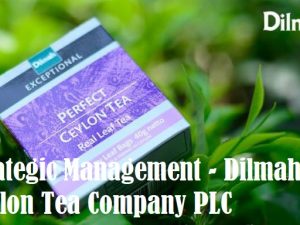Description
- Evaluate and reflect on the influences driving demand and managing and creating demand through strategic management
- Critically assess how the strategic position, choice, and strategy implementation ensure growth and stability of the firm.
- To analyze relationship among Corporate Mission and strategic levels – Corporate, Business and Operational levels.
- Identify different types of strategic change programs and assess the value of leadership and the influence of culture in managing strategic change.
Task 1
- Critically analyse the terms strategic position, strategic choice, and strategy in action. How does analyzing the organization’s internal and external environments help determining the said three concepts? [20 marks]
- How do strategic capabilities and competitive advantage(s) contribute to achieve sustainable growth? [20 marks]
Task 2
Provide a critical review of the following two statements:
- “Mission of the organization should unify the corporate level, business level, and operational level strategies of an organization. However, there are external and internal reasons which often create contradictions among the three levels of strategies during the strategy in action” [10 marks]
- “Resistance to change is natural. Organizations often fail in implementing change management programs due to, among other reasons, internal resistance. The key to achieve success in change management programs is to address the human issues and the cultural landscape within the organization.” [10 marks]
Task 3
The strategic purpose of an organization consists of its governing structure, stakeholder expectations, social responsibility and ethics.
- What are the crucial environmental factors you have to consider in designing the governing structure of the organization? [10 marks]
- Managers often consider social responsibility and ethics as a cost and tend to place less emphasis on them. This is an unproductive attitude but the managers who have a long-term view of the organization consider ethics and social responsibility as instruments of sustainable growth.” Critically review the above statement. [10 marks]
Task 4
- Critically evaluate how prudent organizational leadership address the two issues: (i) Passive culture, and (ii) negative attitudes towards team work? [10 marks]
- Globalization often promotes foreign investment, acquisitions and mergers. What are the issues that would crop up when two companies in differing cultures move into acquisition or merger? How would you resolve these issues? [10 marks]





